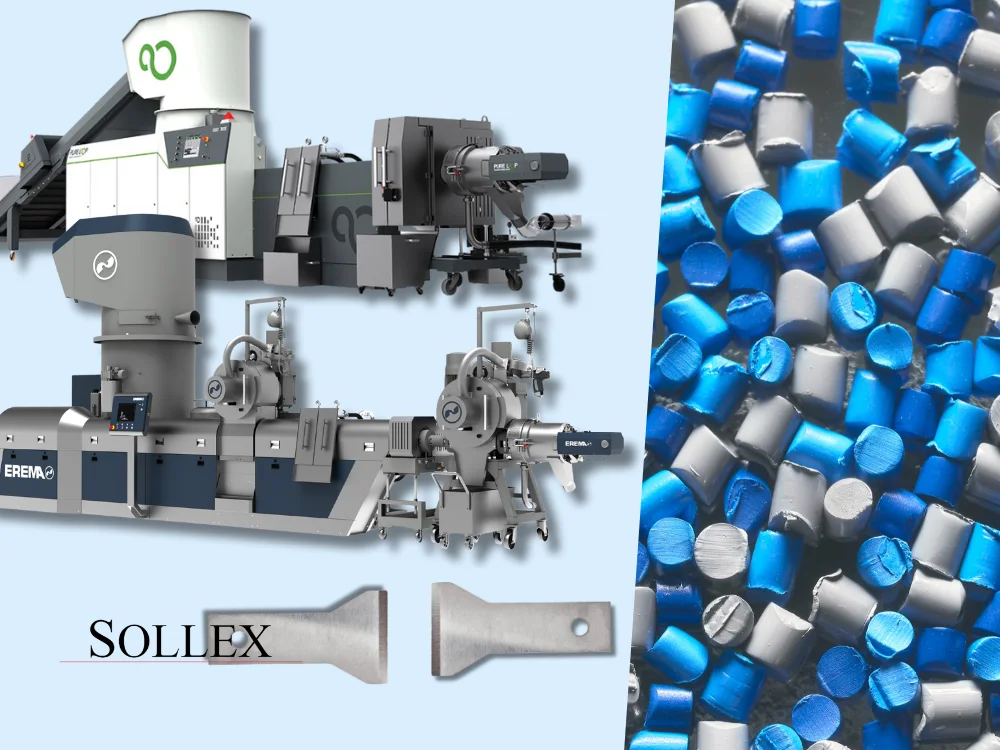The Best Blades for Cutting PE Foam
Blade to cut foam
Polyethylene foam or PE foam is relatively easy to cut if the blade is sufficiently sharp and durable. Cutting packaging foam with the wrong blade, on the other hand, is not a pleasant experience. A development engineer reached out to us this week, inquiring about the process of cutting 2-3 mm thick plastic foam. One simple question led to many different answers. The general answer to the question is the best blade for cutting foam is a straight razor blade.
To cut polypropylene foam horizontally or vertically?
When we ask how to cut PE foam horizontally or vertically, we are referring to whether the foam cutter cuts in a longitudinal or transverse direction. That is, if the foam-cutting blade cuts the foam roll’s sides or if the length of the foam roll is to be cut. The same PE foam thus has two different cutting processes. Continuous cutting along the plastic requires a sturdy razor blade that provides a perfect cut and does not tear the film. This is a continuous process (which takes place all the time when the foam is manufactured) that can be optimized with the perfect industrial razor blade, slitter blade, or circular knife in a rotating knife holder. It is important to keep the PE or EPE foam stretched for a good vertical cut.
Cutting foam rolls in polypropylene (horizontally or crosswise) is another process where the focus is on how the razor blade penetrates the material. A razor blade ensures an optimized cut with minimal force. A circular knife crushes the plastic foam and requires significant force to initiate the cutting process. The first step to cut plastic foam is to clamp, stretch, or roll the plastic foam; otherwise, it will bend and deform when the knife pierces the material.
To cut polyethylene foam packaging by hand
Sollex has three products for cutting extra-thin plastic foam by hand. These are 436.00, 43037 and 1421. While these knives boast the best blades for cutting foam, they are particularly well-suited for cutting PE film. Common to these three hand knives is that there is a tensioner that tightens the film or foam before the razor blade makes a thin, fine cut. The razor blade cuts with a cutting angle of about 40 degrees, which means that minimal force is needed. The difficulty of cutting plastic film or plastic foam is thus not for the razor blade to cut but to keep the film stretched when it is cut.
To cut 2mm PE foam horizontally in a robot cell
A knife that is too thick has a difficult time cutting PE foam. Likewise, a circular knife will crush the plastic rather than cut it. This will give the remnants of the plastic, which is the way when the process is repeated. Our recommendation is to use a razor blade that is tilted so that the angle of attack is 45 degrees to the polyethylene foam packaging material. The foam must be tightened or stretched appropriately with rollers and holders so that the plastic can be cut. A pretensioner on Sollex products 436.00, 43037 or 1421 could be used so that the razor blade can optimally penetrate into the material. The pictures show the difficulty of cutting 2mm plastic foam with a circular knife and a perfect cutting result with Sollex slitterblad 5K. In the picture, we have easily used the slitter blade that cut the pe foam application by pulling the razor blade into a gap.
To cut very thick PE foam vertically
Sollex manufactures large circular knives that can cut thick polyethylene foam vertically. Knives with a diameter exceeding 800mm mean that you can cut plastic foam with a thickness of up to 300mm in the production line. The knives should rotate at the same speed as the foam is made.
To cut very thick PE foam sheets horizontally
Cutting thick plastic foam is tricky. What we have found to work best is to use large toothed knives that are punched into the plastic foam and cut it off easily. For such applications, we specially designed toothed knives of type Sollex special knife P886A, P886C, blade 761.
For more info about these special knives, contact us on 035-15 75 00.

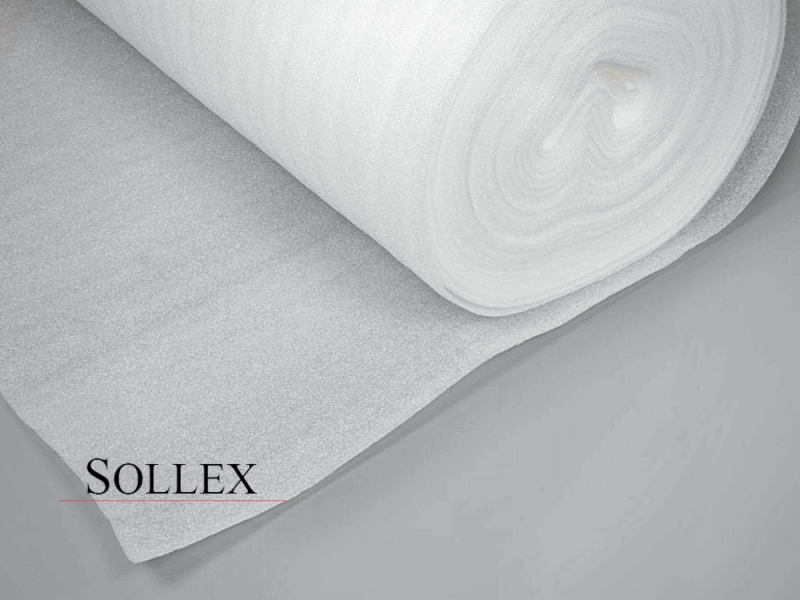
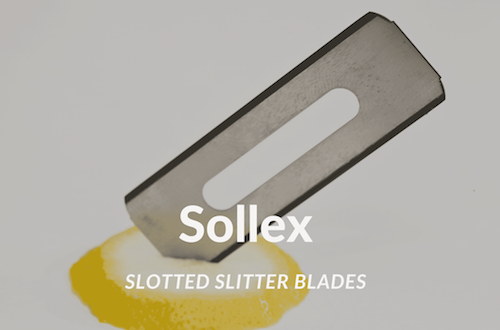
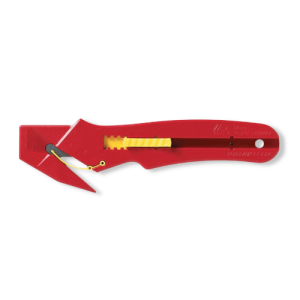
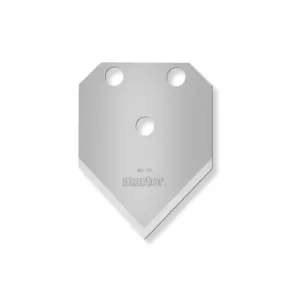
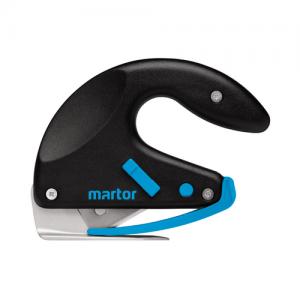
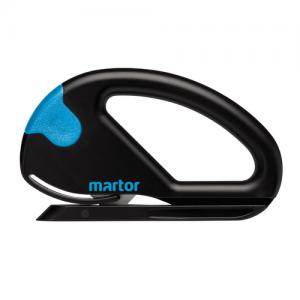
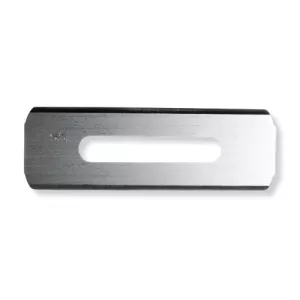
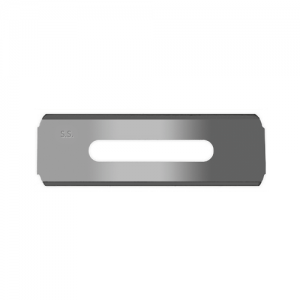

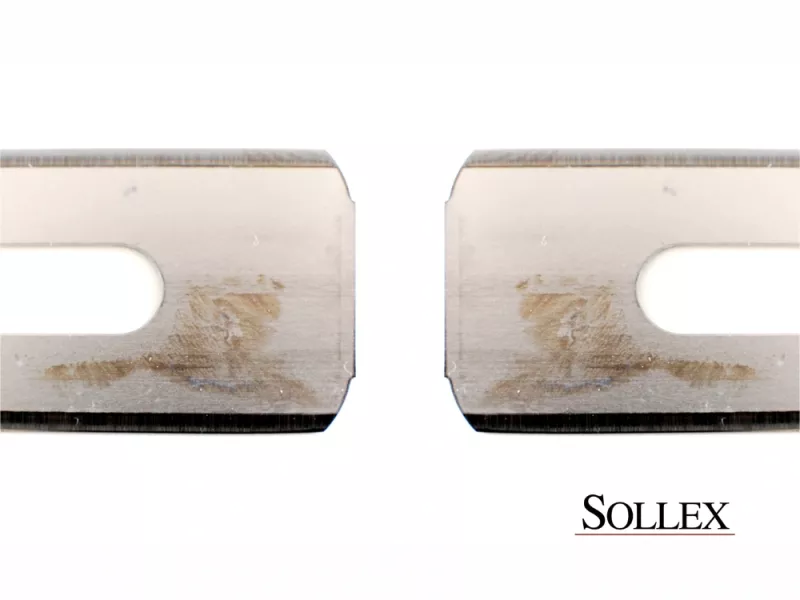
![Sollex awarded with AAA rating by Bisnode [2025] Sollex has been awarded AAA credit rating 2025 by Bisnode - Blog](https://cdn.starwebserver.se/shops/sollex-se/files/cache/johan-falk-sollex-vd-ceo-aaa-business-awards-2025-1_grande.webp?_=1763540059)
